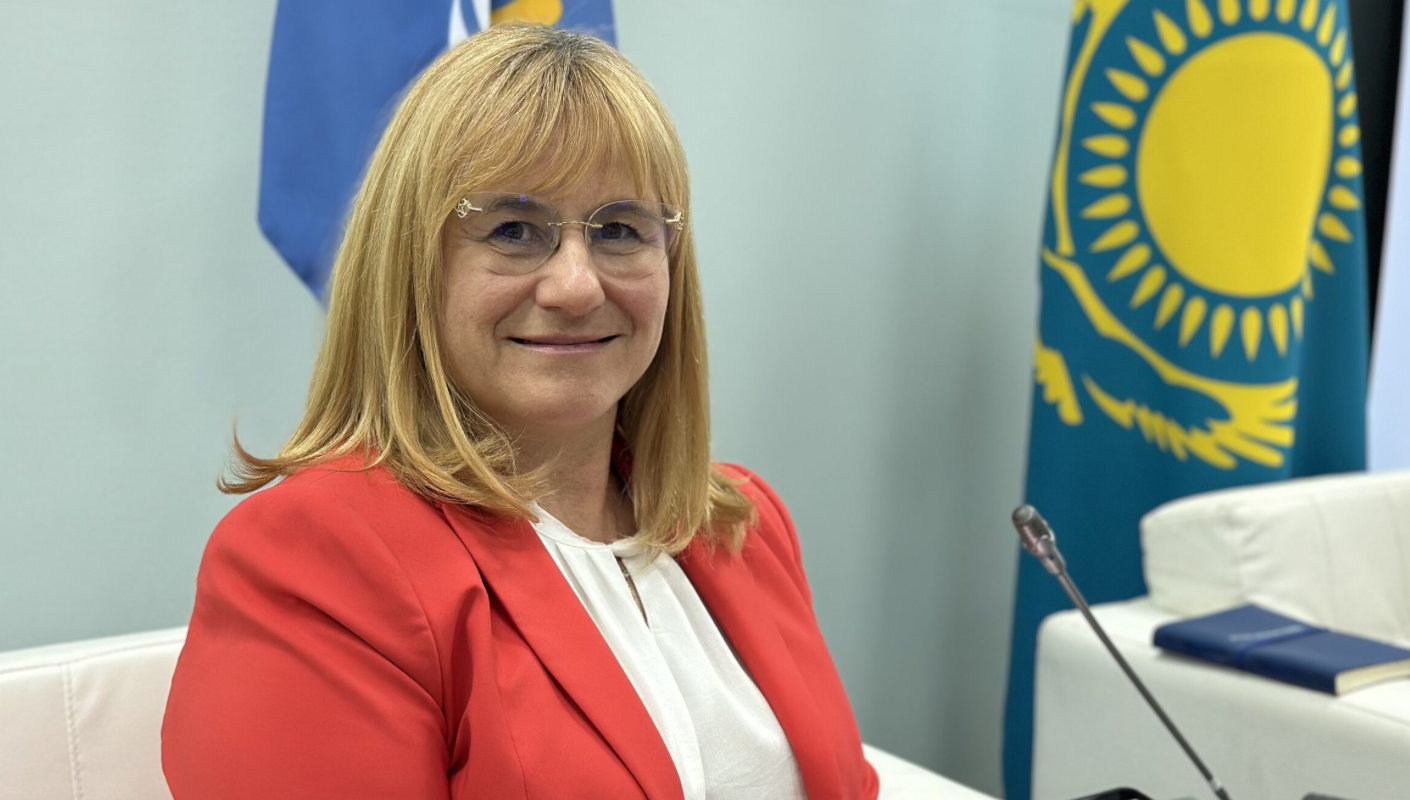Kazakhstan has successfully strengthened its primary health care system, achieving significant cost savings and improving health outcomes by integrating mental health services and adopting a multidisciplinary approach to community care.
Kazakhstan has made significant progress in strengthening its primary health care (PHC) system, with some notable achievements highlighted by Dr. Melitta Jakab, head of the World Health Organization’s European Center for PHC.
According to her statements in an interview with The Astana Times, the improved PHC system has resulted in an estimated savings of 270 million tenge (around US$516,000) in just one region over two years, with the potential for nationwide savings of up to 32 billion tenge (approximately US$59.2 million) if similar reforms are implemented across the country.
Dr. Jakab emphasized that a strong PHC system not only leads to financial efficiency but also enhances health outcomes and equity among populations. She stressed the importance of prioritizing and investing in PHC to ensure it is well-resourced and capable of providing optimal care within communities.
Historically, the Commonwealth of Independent States (CIS) countries, which include Kazakhstan, relied on specialist-driven and hospitalization-based healthcare systems. However, Kazakhstan has successfully transitioned to a more robust and people-centered PHC model. This transformation involved a multidisciplinary approach that incorporates the expanded roles of nurses and the introduction of mental health professionals like psychologists and social workers into polyclinics. Such initiatives aim to prevent unnecessary hospitalizations and enable better management of chronic conditions within communities.
Dr. Jakab highlighted that the integration of mental health services into the PHC system is one of Kazakhstan’s most significant advancements. In the past, mental health care was often neglected or confined to institutional settings. However, the current approach aims to deliver mental health support in community settings, thereby reducing stigma and promoting holistic well-being. She pointed out that the Alma-Ata and Astana Declarations advocate for a broader understanding of health, which includes mental well-being alongside physical health.
To effectively integrate mental health services, Dr. Jakab proposed four key strategies: training general practitioners and nurses to recognize and manage common mental health issues, incorporating psychologists into PHC teams, facilitating joint consultations with psychiatrists, and establishing referral connections with community-based mental health providers.
Kazakhstan’s commitment to these strategies positions it as a leader in expanding community mental health services, drawing interest from other countries looking to adopt similar models. An example of this successful integration can be seen at a youth health center in a former polyclinic in Astana, which features a separate entrance for confidentiality. This center allows young people to seek assistance for various issues like bullying, reproductive health, or anxiety without fear of stigma.
In addition to mental health integration, Dr. Jakab pointed out that PHC services in Kazakhstan are provided free of charge under the government-funded benefit package. However, challenges remain in ensuring equitable access, especially in remote regions affected by depopulation and healthcare workforce shortages. To mitigate these issues, the government is investing in the construction of hundreds of healthcare facilities in rural areas, with an emphasis on incorporating telemedicine as a critical complement to address healthcare service gaps.
Dr. Jakab illustrated the potential of telemedicine by citing examples from countries like Sweden. In Sweden, remote villages have community centers with monitoring booths that are equipped with essential diagnostic tools. These booths allow individuals to take measurements such as blood pressure, temperature, and blood samples for sugar level checks, all while being supervised by a nurse situated in a neighboring village through telemedicine technology. This interaction facilitates real-time support from doctors located in nearby towns, enhancing access to health services even in isolated areas.
In her concluding remarks, Dr. Jakab stressed that accelerating investment in telemedicine is essential for further enhancing primary healthcare. As public trust in the reformed PHC system has grown, so too has the workload for medical teams. While many tasks within the PHC sector are complex, others can be streamlined or enhanced using technology and artificial intelligence, which may alleviate some of the strains on healthcare professionals.
Overall, Kazakhstan’s approach to transforming its PHC system demonstrates a comprehensive model that prioritizes accessibility, community-based care, and the integration of mental health services. By leveraging technological advancements and fostering a multidisciplinary healthcare environment, Kazakhstan is setting an example for other nations aiming to enhance their health systems and achieve better health outcomes for their populations.



